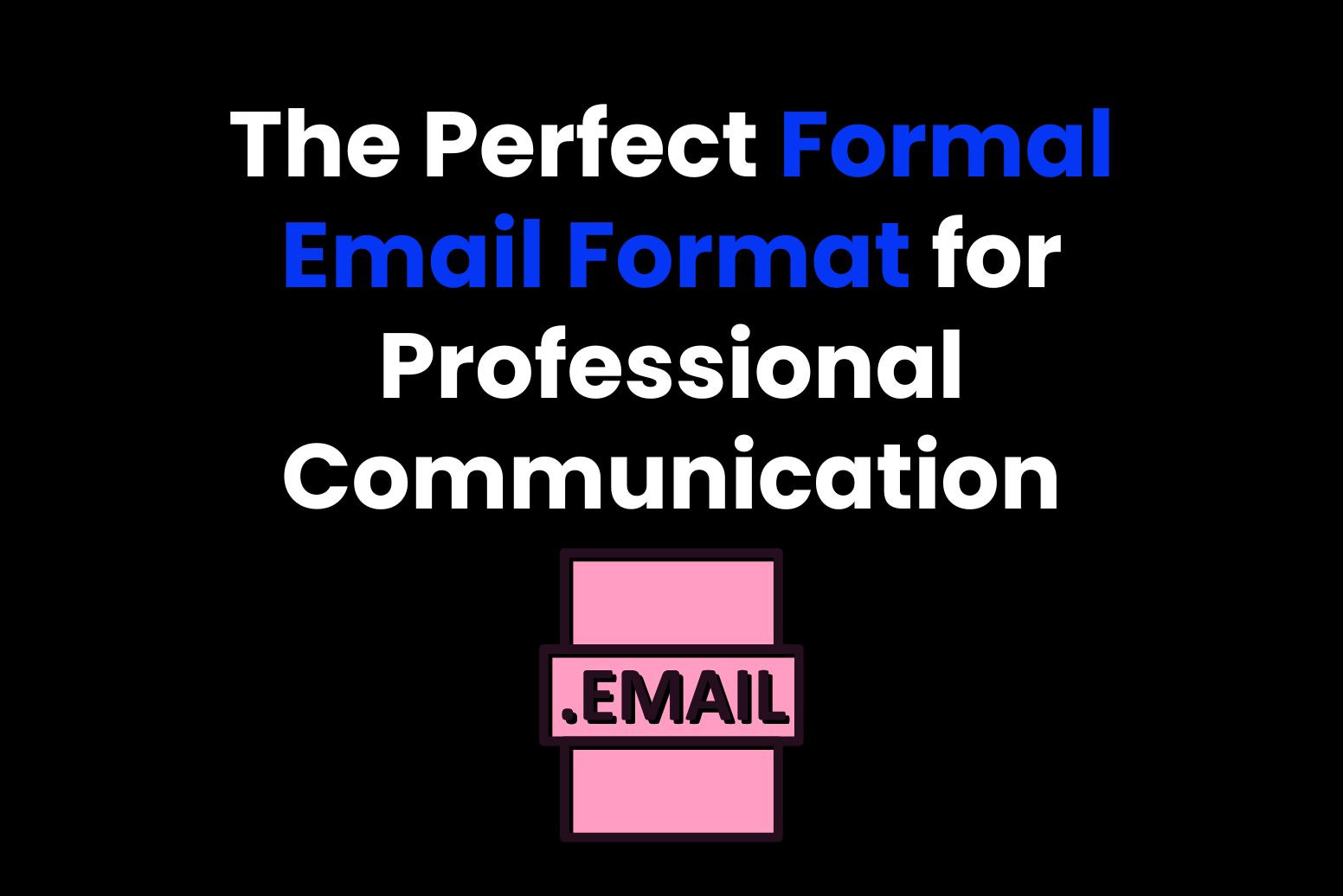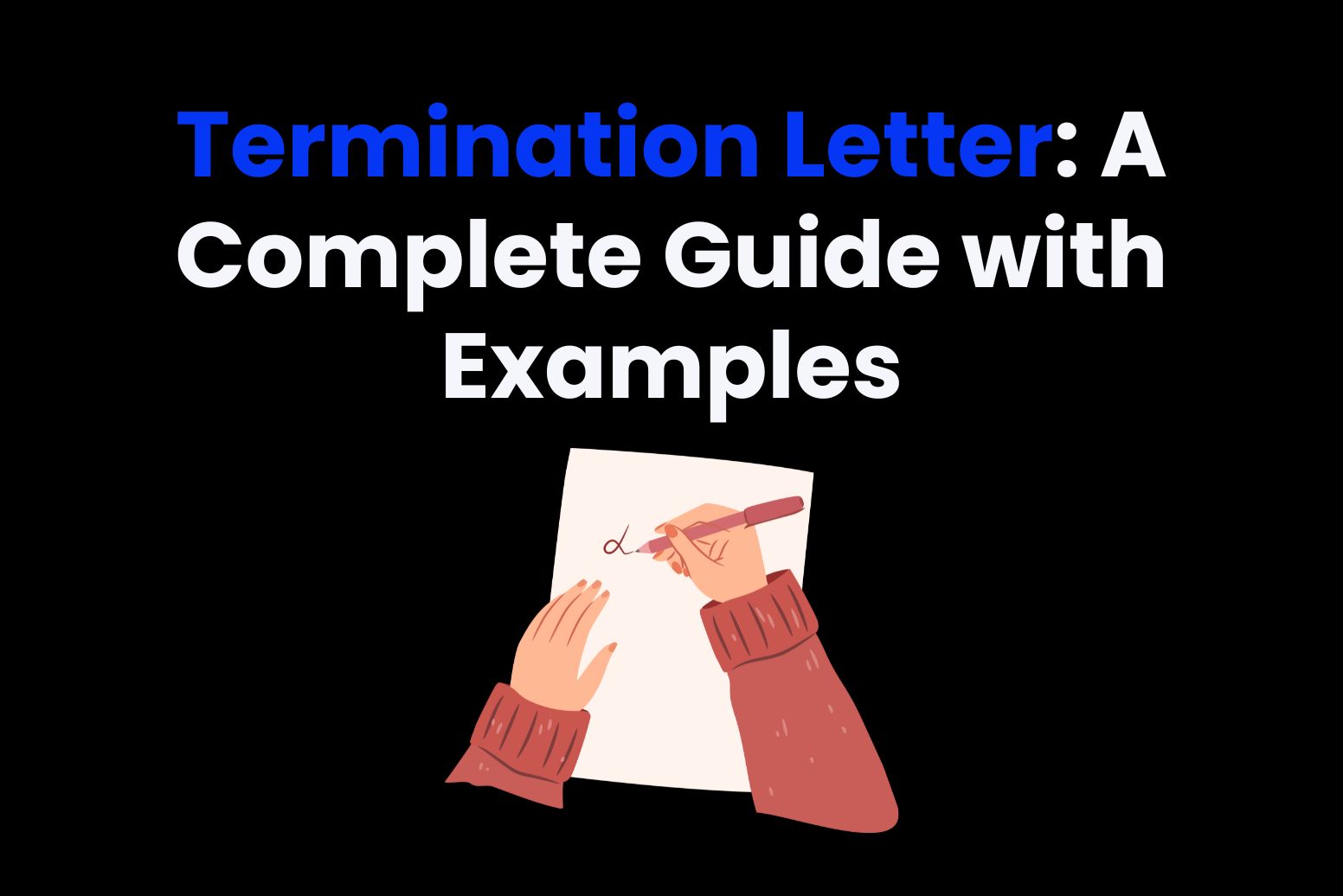What is MLA?
The Modern Language Association is an organization widely recognized for their in-depth teachings of the English language. It sets out a standard handbook to guide beginners in how to cite a PDF in MLA and also correct format academic papers and cite sources in academic writing. This aims to maintain a level consistency and professionalism throughout academic papers.
What is MLA format used for?
The MLA method is used mainly in studies that fall under the humanities section of education, including English, history, geography and cultural studies. The use of this specific method really helps people to stay organised and on track and gives a collective stance for all readers. In fact, it helps them understand the sources included and where to find the most relevant information for their questions.

The MLA format emphasizes the use of in-text citations to allow wider information to be provided for the reader. This gives them more opportunity to look into the subject more deeply and conduct further research.
These clear and consistent guidelines also ensure academic writing follows a similar format which is respectful of the intellectual property and sources that it discusses.
Why is it important to cite PDFs in MLA correctly?
It’s essential that you give the proper credit to any authors of sources if you intend to reference them in academic writing. It shows integrity in your writing and helps you avoid issues of accused plagiarism.
Ultimately, it’s okay to talk about another professional’s work or studies, as long as you acknowledge that it’s work that they did. Never take credit for someone else’s studies, as this could deem a paper unprofessional and, in academic articles that are going to be graded e.g., dissertations or college essays, your work could be disqualified.

MLA citation rules for PDF documents
PDFs also play a huge role in academic articles, reports and even eBooks as they’re an easy way to provide supplementary information to significantly support research. They’re also the best way to add diagrams and images to display an argument without having these added to the word count.
These PDFs could contain work from other professionals that need to be acknowledged publicly. MLA format has specific guidelines for citing information in PDFs including information about the author – name, titles and publication information. It also shows that you must provide the access dates. These dates make it clear when you used another author’s writing as part of your research.
This essential information gives your writing more credibility and context. If advice or information changes in the future, you’ve made it clear that you based your findings on previous information. This removes liability if someone chooses (hopefully) to take your writing as gospel and act upon your findings.
How to Cite a PDF in MLA
Using MLA to cite a PDF uses many of the same principles as citing any other piece of information. However, the process does have a few unique characteristics and it’s important to pay attention to these.
First, you’ll need to determine the type of work that’s contained in the PDF. It may be a book, article, report, or even a diagram. Next, you’ll need to name the document appropriately and include the author’s name, the title (in italics), and the publisher name. Finally, to ensure it follows genuine MLA format, the citation MUST be in that exact order.

Determining MLA Access Dates
If you have it to hand, you’ll then need to provide the publication date and the date that you accessed the information. This is particularly important if the information you’ve cited was found online because websites can change the information they display regularly.
Just because the information was on that webpage when you wrote your document, doesn’t mean it will still be there when someone comes to read it. This date showing when you accessed it gives a clear picture of how long ago your source was relevant. Your readers can then base their assumptions on this.
As an example, your MLA PDF citation should look like this:
Smith, John. Understanding Important Information. The Information Press, 2020, www.example.com/important-information.pdf.
MLA Citing Guide for Beginners
MLA can be incredibly daunting if it’s your first time and it’s pretty easy to mess up. Let’s take a look at a step-by-step guide to citing a PDF in MLA style.

A step-by-step guide to citing a PDF in MLA
- First, start with the author’s name: Remember to write their surname, then use a comma before their first name. Most studies quote the author’s surname, so you should use this name first when searching. If you can’t find the author, you’ll need to start with the document’s name.
- Then, italicize the title of the PDF: The title should be in italics to clearly highlight the document.
- Remember to include the version or publisher information: You’ll need to include the name of the publisher if there is one, or the version if this is available.
Usually, with webpage citations or PDFs, the information will have a version number in the bottom left corner. This shows how often that piece of information is updated. It can also alert future readers that the information you cited may have changed since your study.
- Next, add the publication date: This will often be published in the front of a book or can be seen on the ‘updated’ information on a webpage.
- Provide the URL and access date: If you’ve used information in a PDF that is only published online, then you should include the website URL and PDF URL after the publication date. Then provide the date you accessed the information to clearly show the timeline of the source you’re referencing.
- Don’t forget to follow MLA punctuation rules: You’ll need to use commas between each piece of information, ending with a period. Remember that the title of the citation also needs to use a period to separate it from the rest of the information.

How to cite digital files in MLA
Sometimes your PDF might not be unique and could be part of a wider collection. While you don’t need to include the whole collection as part of the citation, you should make it clear that the PDF is part of a wider piece of work.
If you need to do this, include the document name, the collection it falls into, and the relevant page number of the PDF that you’ve used.
This process ensures you create citations that are accurate, clear, and correctly formatted according to MLA guidelines.
3 Top Tips for citing a PDF in MLA format
MLA format can be tricky to remember, but learning this essential process helps you look professional, earn a good grade, or get published in a journal.
There are just a few things that might catch you out. So, here are a few academic writing MLA format tips to remember before you take the plunge.
- The author’s name must always be written with the surname first. Never call the author John Doe – in this situation, he is Doe, John. Don’t forget the comma!
- Make sure you put the document name in italics. If someone is searching for a citation, this is the information they’ll look for first, so it’s important that it stands out from the rest.
- Specify the type of document and format that your citation comes under. In the case of PDFs, it’s a good idea to add ‘PDF file’ to the end of your citation. This indicates to the reader that they may be expecting an attachment to open up via a URL. If the paper is online it can avoid the issues of pop-up blockers or download problems.

The best AI-powered tools for MLA citation accuracy
To begin with, AI tools can be a game-changer for ensuring citation accuracy, especially with academic research papers or student essays. Moreover, contrary to popular belief, you are allowed to use these kinds of tools to help you out. Since the work is your own, AI tools like Arvin.AI can give you that helping hand to ensure all your ducks are in a row. Specifically, they provide a well-written citation that follows MLA guidelines, as long as you input the right information about the source.

Using AI to create MLA citations for PDFs
This automated way of working increases your accuracy and saves you time when writing. With Arvin.AI, there’s even a tool designed to scan your source documents, including online resources, articles and PDFS, to extract the relevant information for your citation.
And…If you edit your thesis or dissertation, these tools can update your citations to keep them relevant.
The handy PNG or JPG to PDF citation MLA generator also allows you to convert other file types into a PDF to help you display your citations and additional content in an easy-to-read format for your readers.PDF citation MLA generator
If you’re struggling to get to grips with MLA citations using PDFs, try Arvin.AI today for enhanced accuracy and flawless citations.
FAQs
1. What if the PDF doesn’t have a publication date?
If your source PDF doesn’t show a publication date, or is a part of a larger journal then it’s fine to omit these details. Ultimately, you can’t provide information that doesn’t exist. You could also put the letters ‘n.d’ where the date would be to signify that there’s no date available.
AI tools can scan your documents to find publication dates or other details you might have missed.
2. How do AI citation tools ensure MLA accuracy?
AI citation tools use machine learning and language processing to scan text and identify source types and details. According to the latest MLA guidelines, using AI tools to create accurate citations is acceptable. Just ensure the source material is relevant and fits the context of your writing.
3. Do I need to include page numbers in a PDF citation in MLA?
Sometimes your sources may be multiple pages long, or even be from a full journal of their own. In this case, it’s important to cite the page number that your information refers to. If the source doesn’t provide page numbers, you might make it unclear which part you’re referring to, leaving your reader guessing.
If there’s not a specific page number, MLA recommends that you use paragraph markers or other directive information so that readers can pinpoint the exact source of your research.






